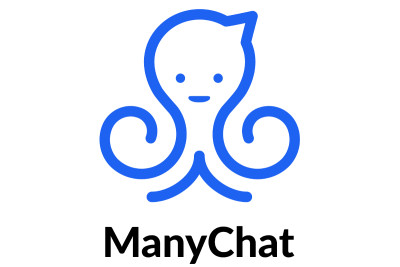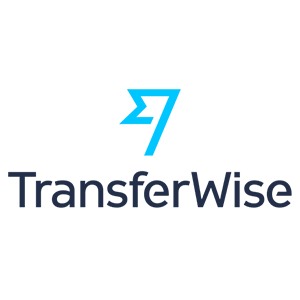How I Built My $1M+/Year Coaching Business And Now Work 2 Hours/Week
Hello! Who are you and what business did you start?
I’m Lewis Smith and for the past 5 years, I’ve run multiple dropshipping stores that have generated over £4.68M in revenue in that time.
After seeing success with those stores and the unique model of dropshipping that I use, I launched Dropship Unlocked, which is now the best-reviewed e-commerce education company in the UK. We have over 800 members in the program and our coaching business generates revenue of up to £225k/mo.

What's your backstory and how did you come up with the idea?
My journey started with dissatisfaction with my corporate 9-5 pursuit because I felt that I was destined for more. I had an entrepreneurial spirit but had no idea how to start a business when I had less than £10,000 in savings.
Then I read a book called The 4-Hour Work Week and discovered...

Download the report and join our email newsletter packed with business ideas and money-making opportunities, backed by real-life case studies.

Download the report and join our email newsletter packed with business ideas and money-making opportunities, backed by real-life case studies.

Download the report and join our email newsletter packed with business ideas and money-making opportunities, backed by real-life case studies.

Download the report and join our email newsletter packed with business ideas and money-making opportunities, backed by real-life case studies.

Download the report and join our email newsletter packed with business ideas and money-making opportunities, backed by real-life case studies.

Download the report and join our email newsletter packed with business ideas and money-making opportunities, backed by real-life case studies.

Download the report and join our email newsletter packed with business ideas and money-making opportunities, backed by real-life case studies.

Download the report and join our email newsletter packed with business ideas and money-making opportunities, backed by real-life case studies.

















































